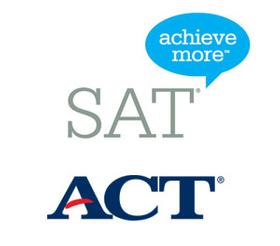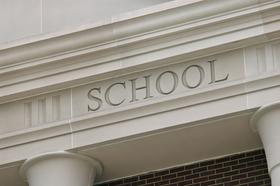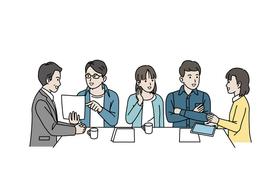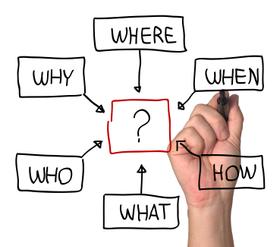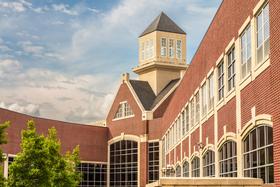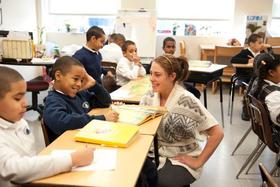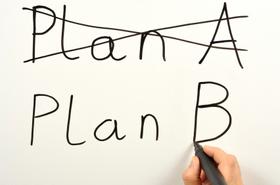I've often wondered how my education would have turned out if computers and STEM had been part of the course offerings in the 50s and 60s. Of course, engineering is part of my DNA, with my father, uncles, grandfather, and great-uncles all having been chemical, mechanical, or civil engineers. Music and Latin were the subjects that interested me as a high school student. Fast forward to 1980. When IBM introduced the PC in 1980, I was awestruck. Then came the DARPA project called the Internet. I never looked back. I devoured technology and all its manifestations with an enthusiasm I had never experienced before. Against that personal backdrop, in this essay, I aim to see how I would integrate STEM subjects (Science, Technology, Engineering, and Mathematics) into my grandchildren's educations.
Why is a STEM education important?
My new friend, ChatGPT, offered the following reasons:
An education in STEM (Science, Technology, Engineering, and Mathematics) is important for several reasons:
- Career Opportunities: STEM fields are rapidly growing and offer many job opportunities in healthcare, information technology, engineering, and finance. Education in STEM can provide students with the skills and knowledge they need to pursue careers in these high-demand fields.
- Innovation and Problem-Solving: STEM education emphasizes critical thinking, problem-solving, and innovation. Students learn to apply scientific and mathematical principles to real-world problems and develop solutions using technology and engineering practices.
- Economic Growth: STEM industries are significant contributors to economic growth and competitiveness. An education in STEM can prepare students to be leaders in these industries and help drive economic growth in their communities.
- Global Challenges: Many global challenges, such as climate change and health crises, require solutions that draw on STEM knowledge and skills. STEM education can prepare students to tackle these challenges and positively impact the world.
- Everyday Life: STEM subjects are an integral part of everyday life, from the technology we use to the medicines we take. An education in STEM can help students understand and navigate the world around them and make informed decisions about their health, environment, and technology use.
Overall, education in STEM is essential for personal and societal growth and can provide students with the skills and knowledge they need to succeed in the 21st century.
This short video explains STEM.
STEM is not a stand-alone group of subjects.
Many people think of STEM subjects as though they exist in silos. But that's not the case at all. When you examine the STEM curricula in most private schools, you will find they are taught cross-curriculum and integrated fully into each grade's course offerings. For example, in the primary grades, students are introduced to STEM so that they can begin to understand how Science, Technology, Engineering, and Mathematics fit into other subjects such as music, art, history, language arts, and foreign languages.
Many schools integrate STEM subjects into their general curriculum, providing students with opportunities to explore science, math, and technology concepts through reading, writing, and other activities.
The whole point of introducing STEM subjects in the primary grades is to ignite an interest in the subjects. This requires a thoughtful, well-organized set of lesson plans and teachers who embrace integrating STEM into their classrooms.
Here are some resources primary grade teachers will find helpful:
- STEM Activities for Kids - This website provides a wide range of STEM activities and lesson plans for elementary school students. The activities are organized by subject and grade level, including hands-on projects, experiments, and challenges.
- TeachEngineering - This website offers free engineering lesson plans and activities for K-12 teachers. The lesson plans are aligned with national standards and include hands-on projects, interactive simulations, and assessments.
- Science Buddies - This website provides various STEM resources, including lesson plans, activities, and project ideas. The site also includes a library of STEM articles, videos, and a tool for finding science fair project ideas.
- NASA STEM Engagement - This website provides STEM resources and activities for K-12 teachers. The site includes lesson plans, multimedia resources, student competitions, and challenging opportunities.
- PBS LearningMedia - This website offers various STEM resources, including videos, lesson plans, and interactive activities. The resources are aligned with national standards and cover engineering, technology, and environmental science topics.
- National Geographic Education - This website provides various STEM resources, including lesson plans, activities, and multimedia. The site also offers professional development opportunities for teachers.
Source: ChatGPT
This video offers an overview of K-12 STEM education.
STEM in the middle and high school years.
In middle school (grades 5-8), STEM subjects (science, technology, engineering, and math) are typically taught through a combination of lectures, discussions, hands-on experiments, projects, and research. The focus is on building a solid foundation of knowledge and skills in these subjects and promoting critical thinking, problem-solving, and creativity.
In high school (grades 9-12), STEM (science, technology, engineering, and math) subjects are taught as more advanced and specialized subjects. The curriculum is designed to prepare students for higher education and careers in STEM fields by building on the foundation of knowledge and skills developed in earlier grades.
Here's a description of The Knox School's STEM program:
Knox understands the value that STEM (Science, Technology, Engineering, and Mathematics) disciplines provide to our future leaders. Our state-of-the-art STEM lab is a gathering place for students to explore technology, computer science, and engineering. Students can choose from a full course offering of hands-on and engaging classes ranging from robotics to 3D design and drafting, or even build their own computer!
Here is a description of Choate-Rosemary Hall's robotics program:
The Advanced Robotics Concentration (ARC) is a three-term honors program for motivated students to explore robotics at the advanced level.
The sequence of three courses includes Robotics Design and Fabrication; First Robotics Competition; and Autonomous Robotics. Students participate in required afternoon lab sessions in the winter term and work collaboratively to prepare for and compete in the FIRST® Robotics Competition, a premier international robotics competition. Team-building, project management, and reflection activities are integrated throughout the program.
The depth and breadth of private high school STEM programs are impressive. The programs often match or exceed those offered in colleges and universities. Explore STEM programs at private high schools by clicking on the Academics head and then scrolling down until you find Technology, STEM, or similar headings.
Questions? Contact us on Facebook @privateschoolreview





















